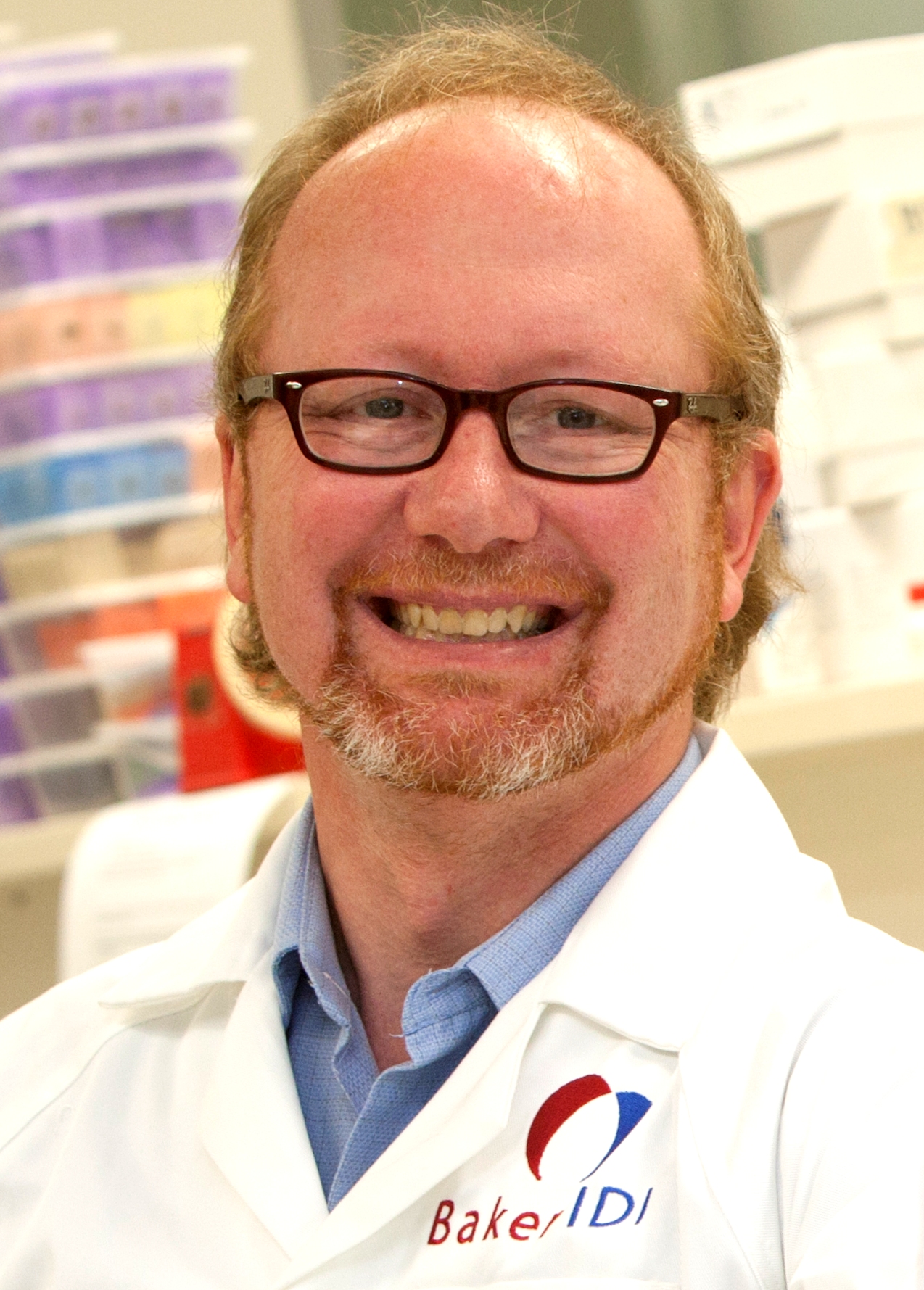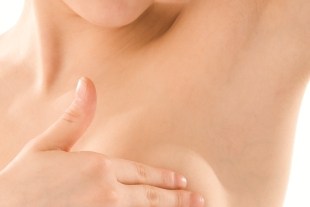Get an annual mammogram
- Screening should be performed annually from the age of 40 years or earlier if you have a family history of breast cancer
Perform a monthly breast self-examinations
- Just after the end of a period is best, when your breasts are least likely to be swollen and tender. If you do it regularly and become familiar with the feel of the breast tissue you can recognize any changes
- Things you should bring to your doctor’s attention include:
- Dimpling, puckering, or bulging of the skin
- A nipple that has changed position or an inverted nipple
- Redness, soreness, rash, or swelling
- Fluid coming out of one or both nipples
- Distortions, lump or swelling, especially if they are new
Actively prevent weight gain, especially after the menopause
- Get fit
- Reduce your intake of empty calories
Give up smoking—encourage others to give up too as passive smoking will still affect your risk of breast cancer
- Get a quit coach — someone who can help you plan quitting and stay off cigarettes
- Write a smoking diary to identify times that you may be tempted and learn about your behavior associated with smoking and cravings
- Make an appointment to see your doctor to look at available medical options
- Investigate hypnotherapy — it works for some people
Eat a low fat diet naturally high in antioxidants
- Include at least 4 vegetables or ‘colors’ on your plate with your main meal. Color = antioxidants
- Have half a cup of berries 3 or 4 times per week. Fresh or frozen are suitable. Add them into cereal, a smoothie or fruit salad
- Have 1/2 cup of broccoli, cabbage or cauliflower daily as they have a chemical component called indole-3-carbinol that can combat breast cancer
- Choose low fat dairy options such as 2% milk, feta or ricotta cheese and low fat yoghurt
- Ensure you choose trim cuts of red meat and remove the skin from poultry
- Try pomegranate juice for an antioxidant hit
Keep up your Vitamin D levels
- Spend up to 20 minutes a day in the early morning or afternoon sun. Sun exposure to the back of the shoulders and the chest equates to the greatest level of vitamin D production
- Get your vitamin D levels checked. The normal range of 25 Hydroxyl Vit D is 50 to 150 nmol/L, however if you wish to obtain optimal levels for peak performance then you should aim for 115 to 128nmol/L
- Take a vitamin D supplement if your levels are low
Moderate your alcohol intake
- Have at least 2 alcohol free days per week
- Drink soda and lime without the vodka
- Have a glass of water between each alcoholic drink
- Try delay tactics – put off having a drink until later in the day or tomorrow
- Distract yourself – do something to keep your mind off having an alcoholic drink, have a glass of water, go for a walk, have a piece of fruit or read a book
- Deep breaths – take 3 deep breaths and see how you feel before you automatically pour a drink
Get better sleep
- Poor sleep, with disruption of circadian rhythms is associated with breast cancer, possibly because of low levels of melatonin
Minimize your exposure to plastic products
- Some studies have suggested biphenyl A from plastics and other environmental toxins may also contribute to breast cancer
- Avoid bottled water. Buy a hard plastic, aluminum (lined) or stainless steel water bottle and take your own. It’s cheaper too!
- When renovating or redecorating consider non-toxic paints and woolen carpets or floorboards as they contain minimal biphenyl A and other plastic by-products
Last Reviewed 02/Mar/2014
The following two tabs change content below.


Dr Merlin Thomas
Professor Merlin Thomas is Professor of Medicine at Melbourne’s Monash University, based in the Department of Diabetes. He is both a physician and a scientist. Merlin has a broader interest in all aspects of preventive medicine and ageing. He has published over 270 articles in many of the worlds’ leading medical journals
Latest posts by Dr Merlin Thomas (see all)
- How to increase DHEA levels - 28/09/17
- Testosterone supplement benefits & risks - 11/07/17
- Health effects of tea & coffee - 10/07/17







